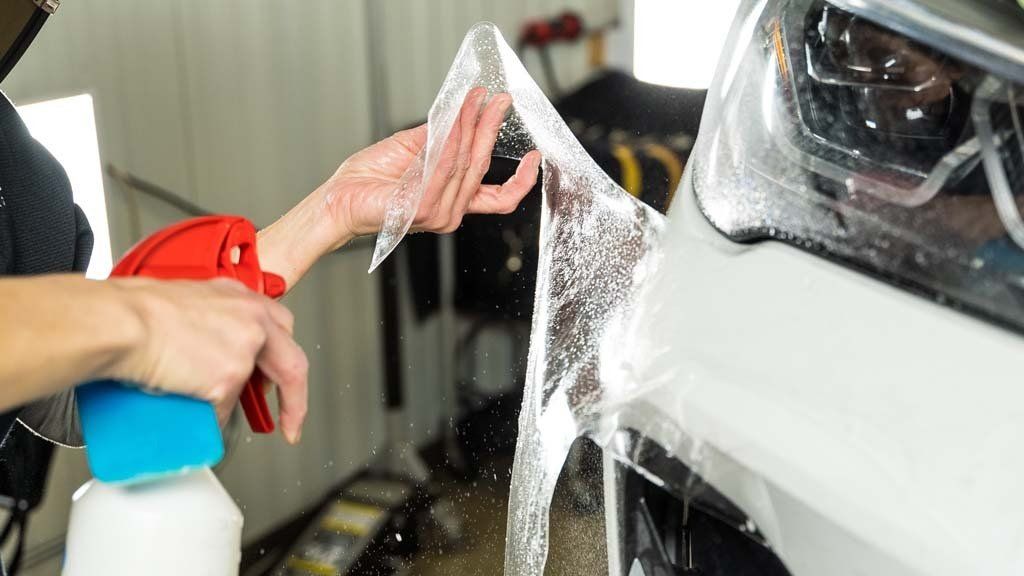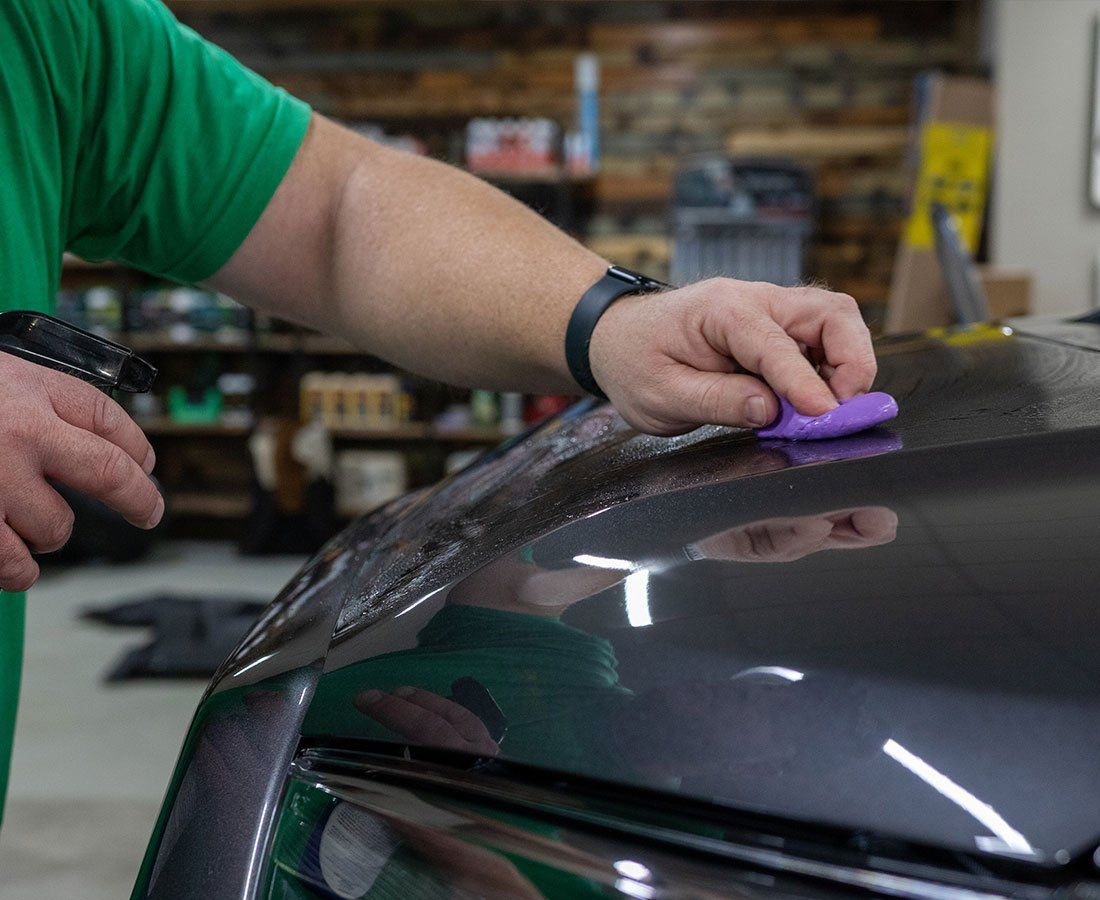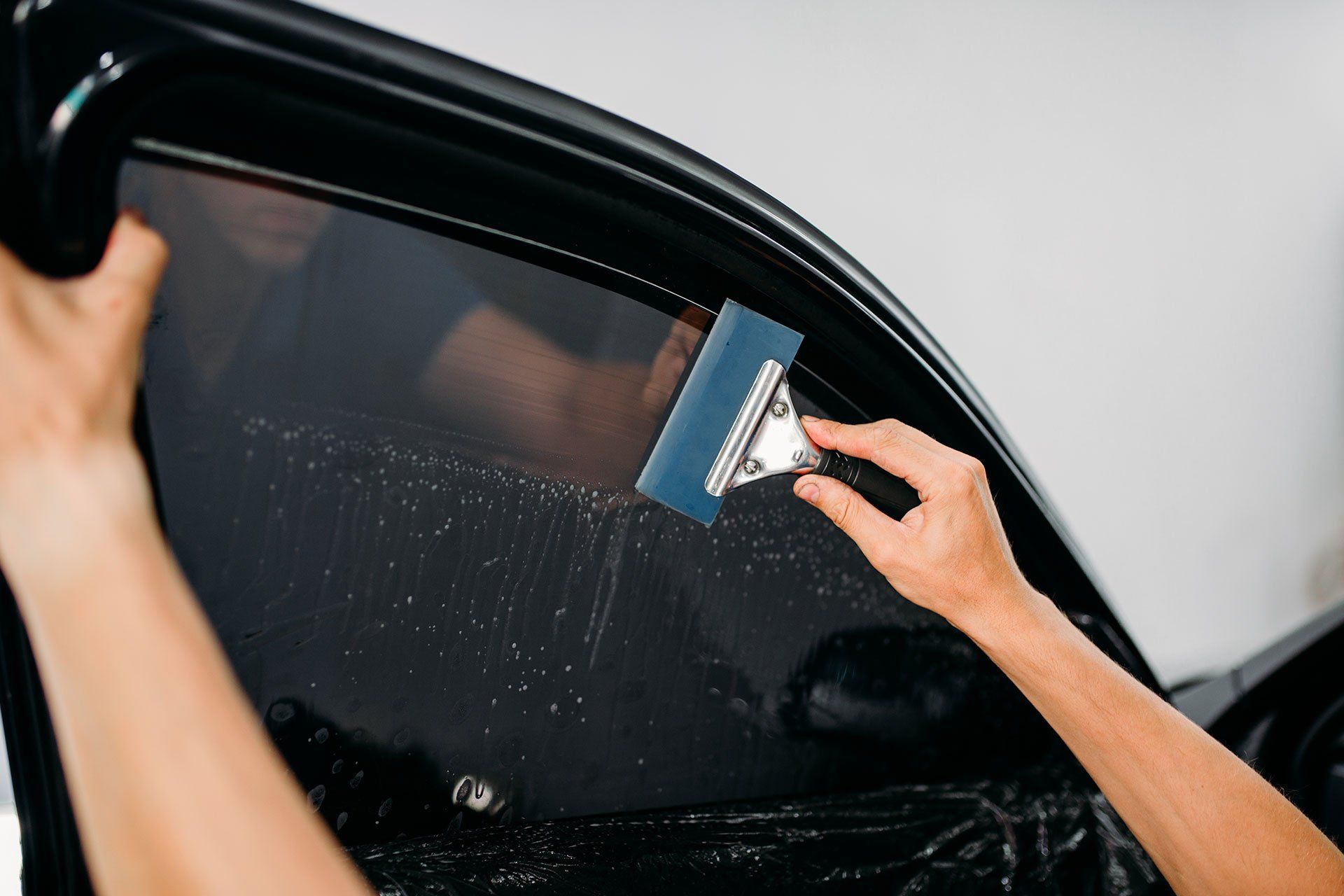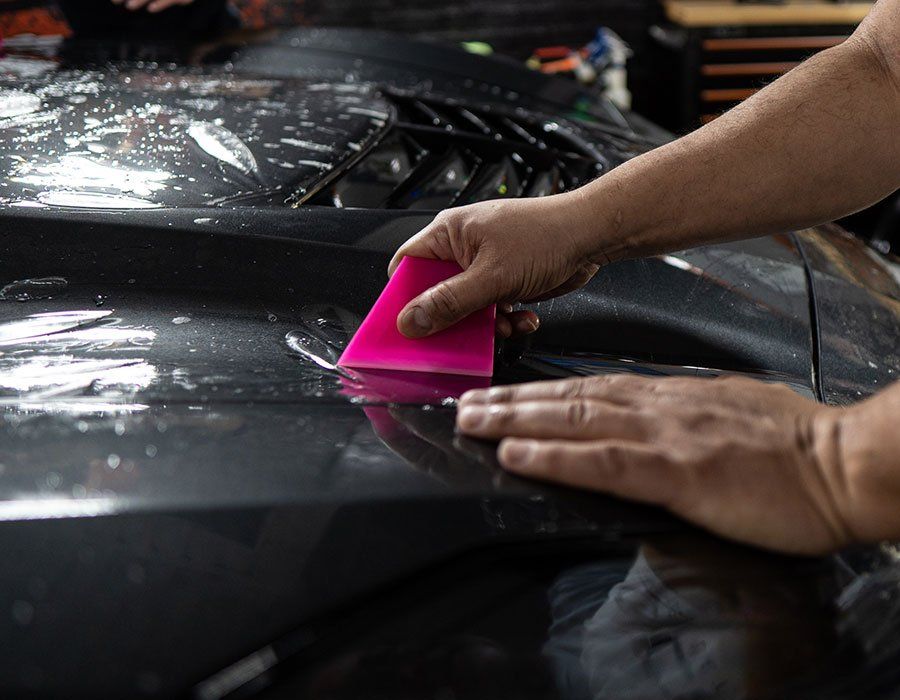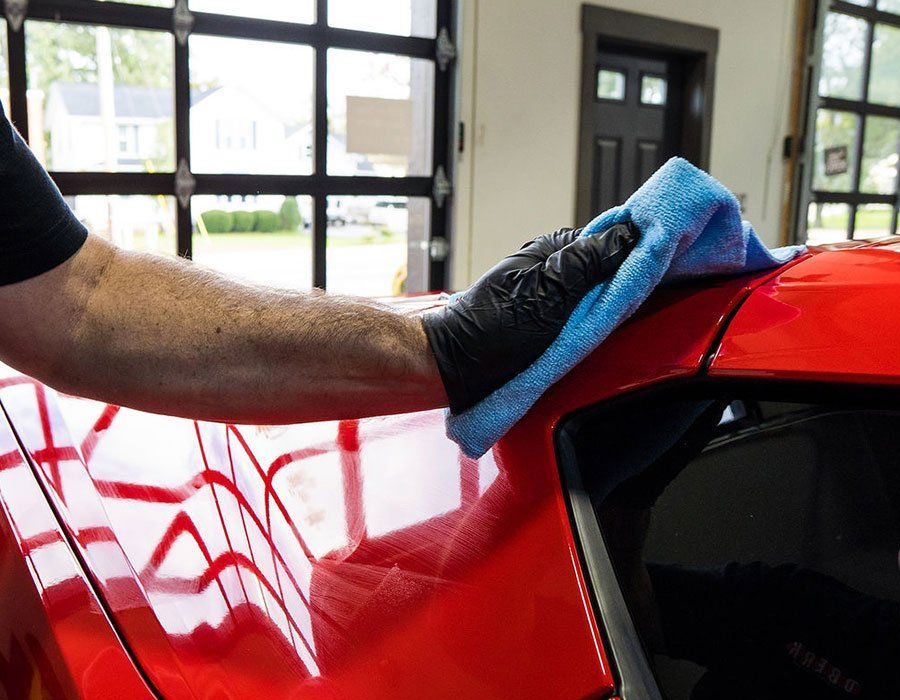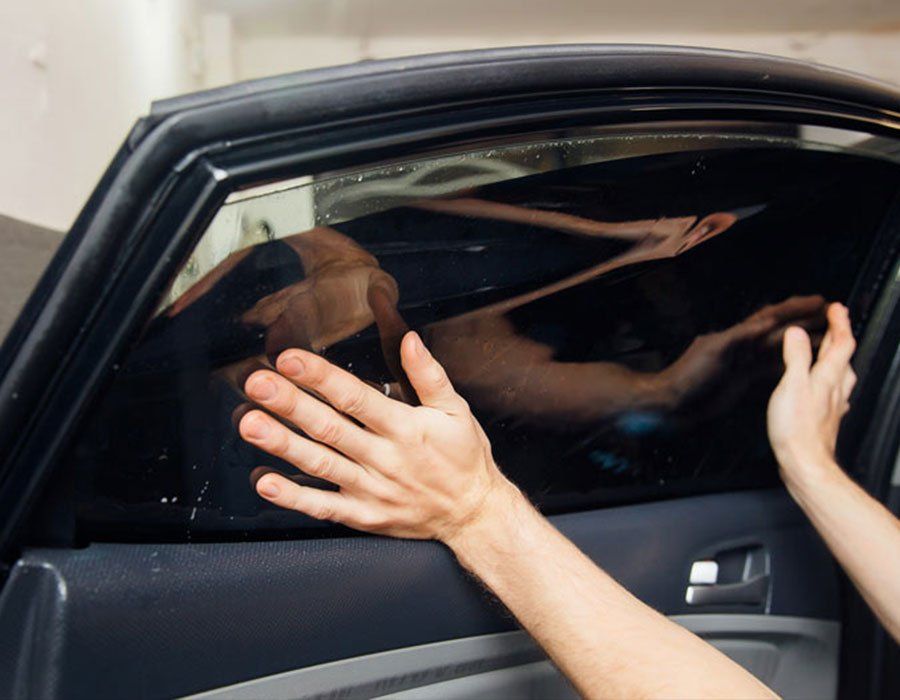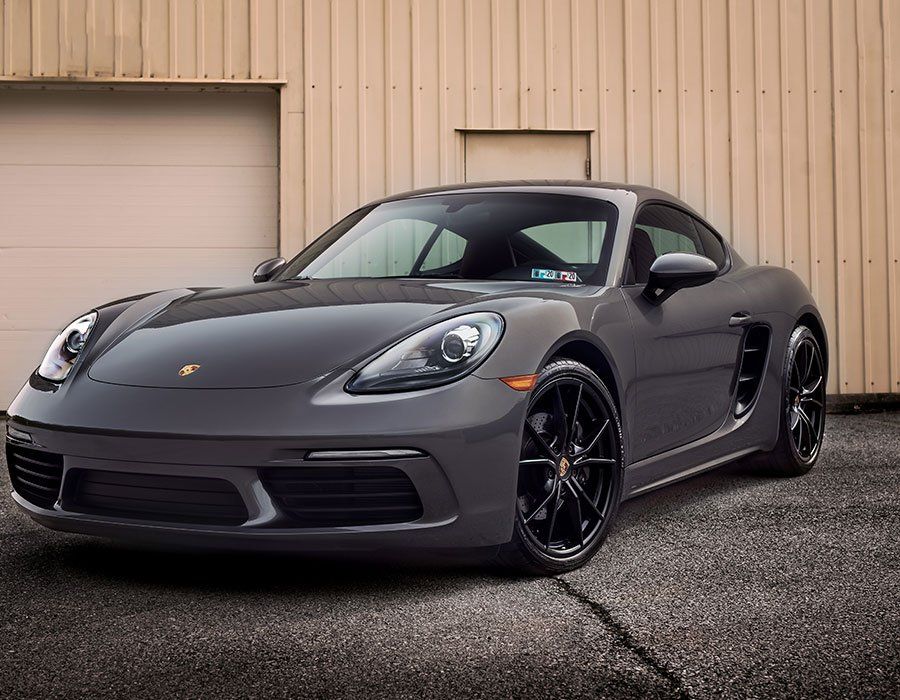The Ultimate Guide to Paint Protection Film for Off-Road Enthusiasts in Tampa, FL
CALL (727) 940-2340
SCHEDULE NOWBrace yourselves, off-road enthusiasts of Tampa, FL! As we rip through the rugged terrain under Florida's sun, it’s essential to have armor that protects our beloved beasts from the rough and tumble of off-road adventures. The secret weapon? Paint protection film (PPF)! In this ultimate guide, we're diving headfirst into everything you need to know about PPF—from its benefits, deciding factors for selection, to professional installation options in Tampa Bay. All set? Let's kick the dust on common misconceptions and gear you up with knowledge to help your ride look as new as the day you brought it home!
Paint protection film is a smart investment for off-road enthusiasts in Tampa, FL, as it provides an extra layer of protection against scratches, rock chips, and other damage caused by rough terrain. This durable film helps preserve the appearance of your vehicle while maintaining its rugged look. Additionally, it is designed to withstand the unique challenges faced by off-road vehicles, including mud, dirt, and UV rays.
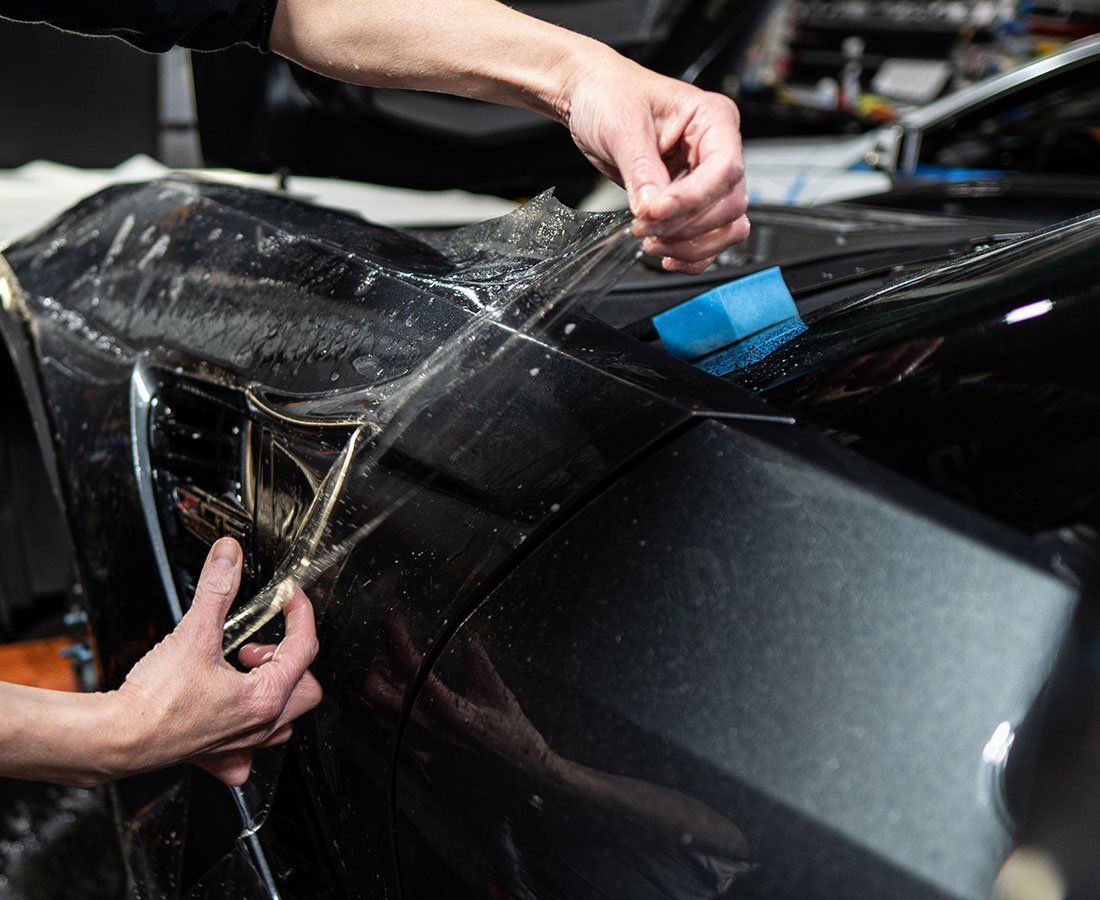
Paint Protection Film: What Off-Roaders Need to Know
Off-roading is an exhilarating adventure that allows enthusiasts to conquer challenging terrain and push their vehicles to the limit. However, this adrenaline-fueled activity puts a significant strain on the vehicle's exterior, leaving it vulnerable to scratches, chips, and other forms of damage. That's where paint protection film (PPF) comes into play. PPF is a transparent, durable adhesive film that offers an additional layer of protection for your vehicle's paintwork. Off-roaders must understand that venturing into rugged landscapes increases the risk of debris, gravel, dirt, and other encounters that can cause unsightly damage to the vehicle's surface. The purpose of PPF is to create a protective barrier between these potential hazards and your vehicle's paint, shielding it from damage and maintaining its pristine appearance.
Understanding Paint Protection Film
Paint protection film is typically made from a durable and flexible thermoplastic urethane material. It is designed to absorb impacts, resist yellowing or discoloration from UV exposure, and self-heal minor scratches through heat produced by sunlight or hot water. The film is custom-cut and professionally applied by experienced installers to ensure a seamless fit that enhances both aesthetics and functionality. PPF offers protection against several common damages, including scratches, chips, road salt, insect stains, tree sap, bird droppings, and even harmful UV rays. This versatile film acts as a sacrificial layer that bears the brunt of impacts, preventing them from directly affecting your vehicle's paint.
Moreover, PPF is designed to be virtually invisible once installed correctly. This means that your vehicle's original color and finish will remain unchanged. It blends seamlessly with the surface and doesn't disrupt the aesthetics or alter the appearance in any significant manner. Whether you have a glossy or matte finish, PPF can be customized to match your preferences.
Advantages of Paint Protection Film for Off-Road Use
Off-road enthusiasts in Tampa, FL, often find themselves pushing the limits of their vehicles as they venture into rough terrain and encounter various hazards. This is where paint protection film (PPF) comes to the rescue, providing a range of benefits specifically tailored for off-road use.
First and foremost, PPF acts as a robust shield against physical damage caused by rocks, gravel, and other debris that may be encountered during off-roading adventures. By applying a high-quality PPF to vulnerable areas such as the front bumper, hood, fenders, and side mirrors, you can significantly reduce the risk of scratches, chips, and dents that can mar your vehicle's exterior. Additionally, PPF offers excellent protection against environmental factors like UV rays and the harsh weather conditions prevalent in Tampa. Sunlight exposure over time can cause paint to fade and degrade. PPF contains UV inhibitors that prevent these harmful rays from reaching the paint surface, preserving its vibrant appearance for years to come.
Moreover, off-roading often entails encounters with mud, dirt, and even chemicals used for terrain management. These substances can adhere to your vehicle's surface and become difficult to remove. However, PPF provides a non-porous barrier that resists dirt buildup and makes cleaning an effortless task. This benefit not only saves you time, but it also guards against potential damage from abrasive cleaning techniques. In addition to its protective capabilities, PPF also enhances the overall aesthetics of your vehicle. With its transparent film-like appearance, PPF maintains the original color and finish while giving it a glossy look. This sleek appearance adds a touch of sophistication to your off-road beast, making it stand out among the crowd.
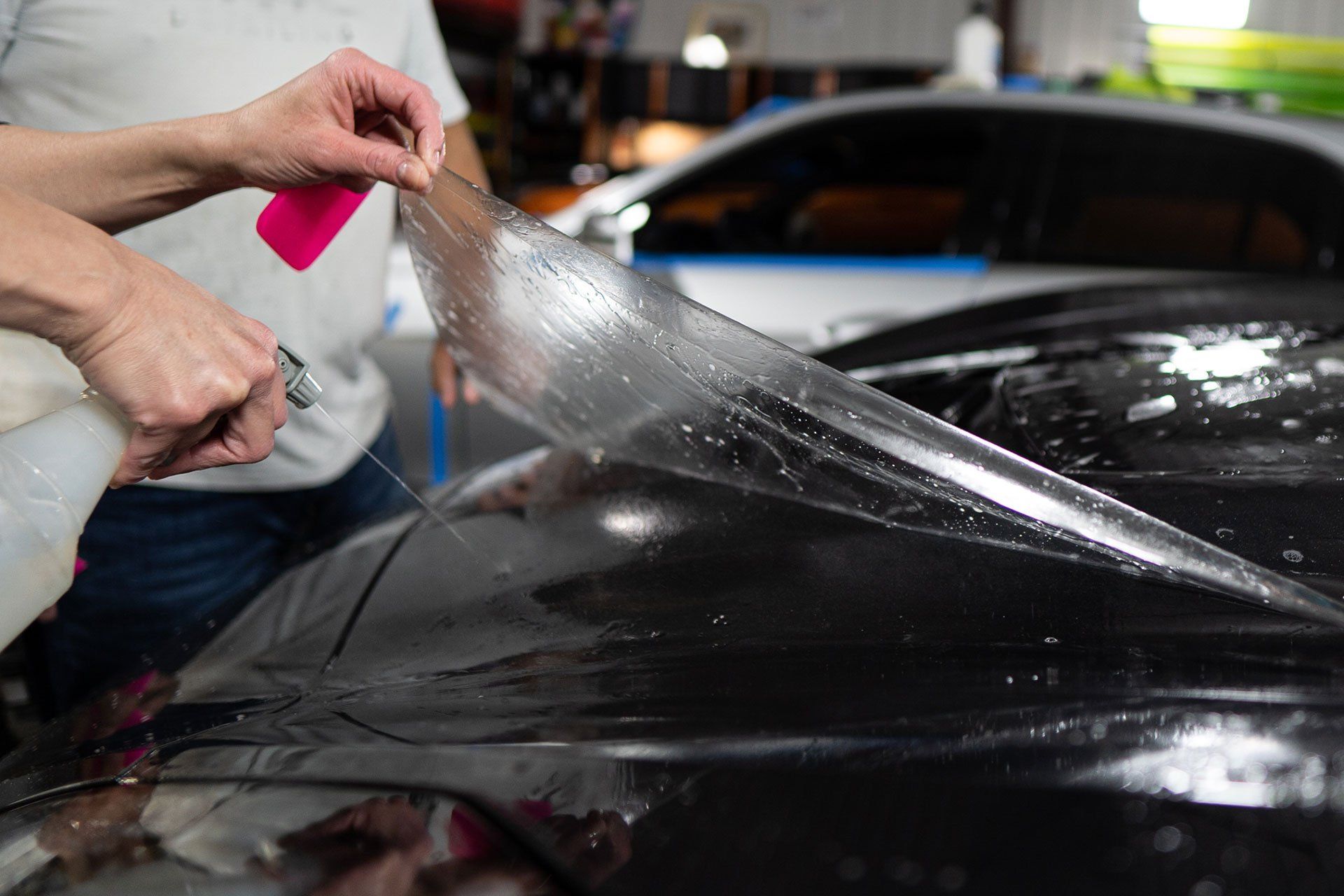
Defending Against Off-Road Damage
Off-roading in Tampa's challenging terrain can put your vehicle through its paces and expose it to various risks. From abrasive brush and rocks to mud and water crossings, your beloved ride faces a multitude of dangers. However, with the application of paint protection film (PPF), you can fortify your vehicle against these potential damages. One of the primary concerns for off-roaders is scratches and chips caused by flying debris. These incidents can quickly detract from your vehicle's appearance. By installing PPF in vulnerable areas, you create a durable barrier that absorbs impacts and prevents them from penetrating the paint surface.
When exploring muddy or waterlogged trails, there is always a risk of corrosive substances coming into contact with your vehicle's exterior. These substances can cause long-term damage if not promptly addressed. PPF acts as a shield against mud, dirt, and other contaminants, preventing them from adhering to the paint surface and causing corrosion over time. What's more, PPF provides an added layer of protection against nature's elements, such as UV rays and the harsh weather conditions prevalent in Florida. Ultraviolet radiation can dull and fade automotive paint over time. However, PPF contains UV inhibitors that block out harmful rays while maintaining the vibrant color of your vehicle.
Evaluating Paint Protection Film Options
When it comes to protecting your off-road vehicle in Tampa, FL, investing in paint protection film (PPF) is a wise choice. But with so many options available on the market, how do you evaluate which one is right for you? Let's take a closer look at the important factors to consider when evaluating paint protection film options.
First and foremost, consider the durability of the film. Off-roading can expose your vehicle to a variety of elements, like rocks and road debris, that can cause damage to your paint. Look for a PPF that offers superior strength and thickness to withstand these harsh conditions. A thicker film will provide better protection against scratches and impact damage, ensuring that your vehicle remains pristine even after traversing challenging terrain. Next, pay attention to the clarity and appearance of the film. You want a PPF that is virtually invisible once applied to your vehicle's surface. A high-quality film will be optically clear and won't distort or alter the color of your paint. This ensures that your vehicle maintains its original aesthetic appeal while benefiting from the added protection.
Another crucial factor to consider is ease of maintenance. Look for a PPF that is resistant to stains, dirt, and grime. This will make it easier to keep your vehicle clean and maintain its glossy finish. Additionally, choose a film that has self-healing properties. This means that minor scratches or swirl marks caused by everyday wear and tear will disappear over time as the film naturally reverts back to its smooth state. Look into the warranties that each manufacturer offers when comparing different PPF options. A longer warranty often indicates that the manufacturer stands behind the quality and durability of their product. Seek out brands that offer comprehensive warranties to ensure peace of mind and the longevity of your investment.
Lastly, consider the expertise and reputation of the installation professionals. Even with high-quality PPF, improper installation can lead to bubbling, peeling, or an uneven appearance. Look for certified installers who have experience working with off-road vehicles and understand the unique challenges posed by Tampa's rugged terrain. By evaluating paint protection film options based on factors like durability, clarity, maintenance, warranty, and installation expertise, you can make an informed decision about the best choice for your off-road adventures in Tampa.
Trusted Paint Protection Film Service in Tampa, FL
For unrivaled protection and preservation of your vehicle's finish, look no further than Auto Film Guys in Tampa, FL. Our team of experts is dedicated to delivering trusted paint protection film services that shield your car from daily wear and tear, keeping it looking pristine. Don't leave your vehicle's appearance to chance; take action today by scheduling an appointment with us. Experience the exceptional craftsmanship of Auto Film Guys and ensure your car maintains its showroom shine for years to come!
The Auto Film Guys Blog
